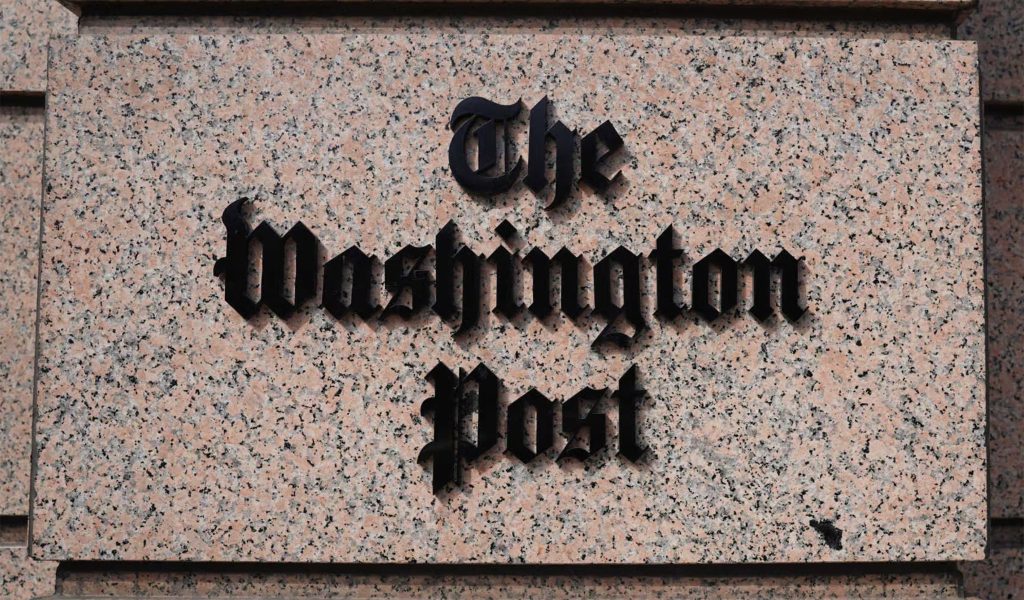Let’s imagine for fun you the reader approaching an investor or lender about a business concept the fruits of which will generate proceeds that merely pay back what the investor or lender put up in the first place. Such a deal would find no takers, which is really no insight.
Precisely due to the genius of compounding, no one with capital ever willingly puts it to work in order to attain zero returns. Only in academia, or in the punditry, is capital or credit ever “costless.”
In actual commerce, the aforementioned genius of compounding reminds us that the costs related to investment losses or 0% returns are enormous. In short, the scenario described above carries with it impossible qualities. For commercial ideas to attract capital, there must at least exist the expectation that real returns can be had.
Crucial about this blinding glimpse of the obvious is that banks aren’t any different from any other business entity. When they commit shareholder capital to ideas meant to earn returns, the expectation is that they’ll do better than break even.
It’s something to keep in mind as the Federal Reserve threatens banks with the imposition of debit card interchange fees of .14 cents per swipe. At present, banks are “allowed” .21 cents per debit swipe, and the latter has already proven problematic for banks, and by extension bank customers. If readers are wondering about the validity of the previous assertion, they need only consider the various perks that used to come with debit-card usage (including airline miles that formerly matched card usage dollar for dollar) that no longer do.
Notable about the .21 cents is that the previous price control was foisted on banks (meaning bank customers) in the Dodd-Frank aftermath of 2008. The Fed is now pursuing .14 cents. On its face, and in light of reduced services after Dodd-Frank, it’s a safe bet that debit-card usage (the primary way that bank account holders interact with their money) will become quite a bit more challenging, including a great deal more in the way of rejected transactions at point of sale.
One of the rationales used by the Fed and political types more broadly is that .14 cents per transaction makes it possible for banks to “cover their costs.” Which requires a pause. Up front, imagine regulators and politicians well outside the proverbial arena presuming to know what does and doesn’t cover costs for complicated, vast financial institutions.
Of course, the greater point here involves asking readers to contemplate the obnoxious conceit of regulators that banks are only allowed to “cover their costs.” The very notion beggars belief, and reminds us why they’re regulators, as opposed to actual businessmen or businesswomen operating in the real marketplace.
Seriously, since when is covering one’s costs remotely sufficient? See above to see the meaning of the previous question. Investors and lenders don’t allocate precious capital to business concepts that merely return what they committed. In investing and lending terms, zero percent returns are incredibly expensive.
Yet banks are presently being asked to provide high-level service to customers in return for nothing. Sorry, it’s not going to work. Banks, like every other commercial entity under the sun, work for investors too. And to expect them to merely cover their costs is to ask them and their investors to provide something for nothing. No once again, this won’t work.
Republished from RealClear Markets






